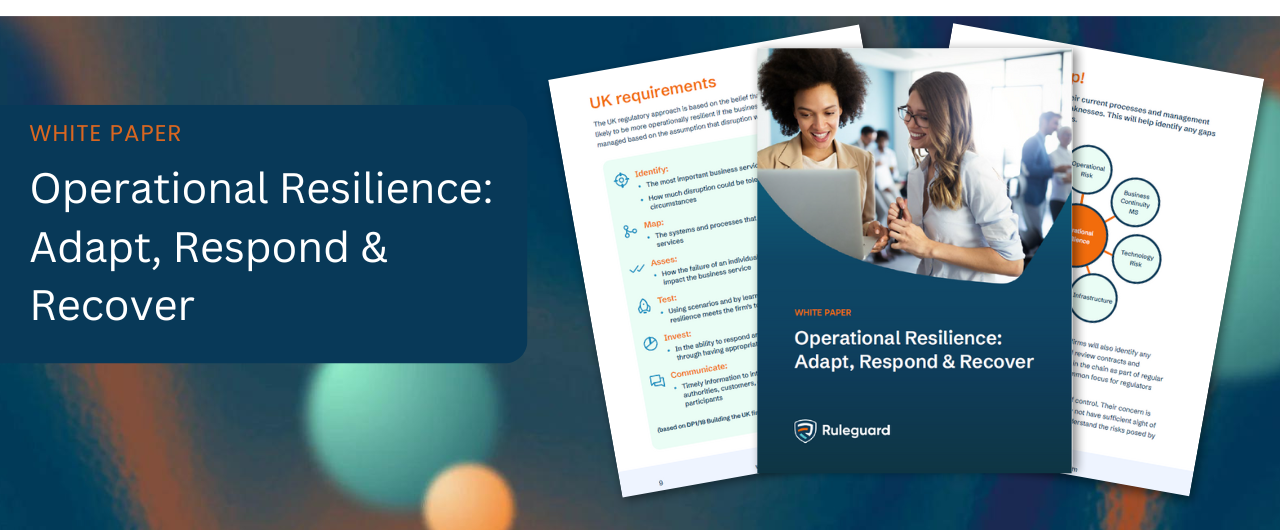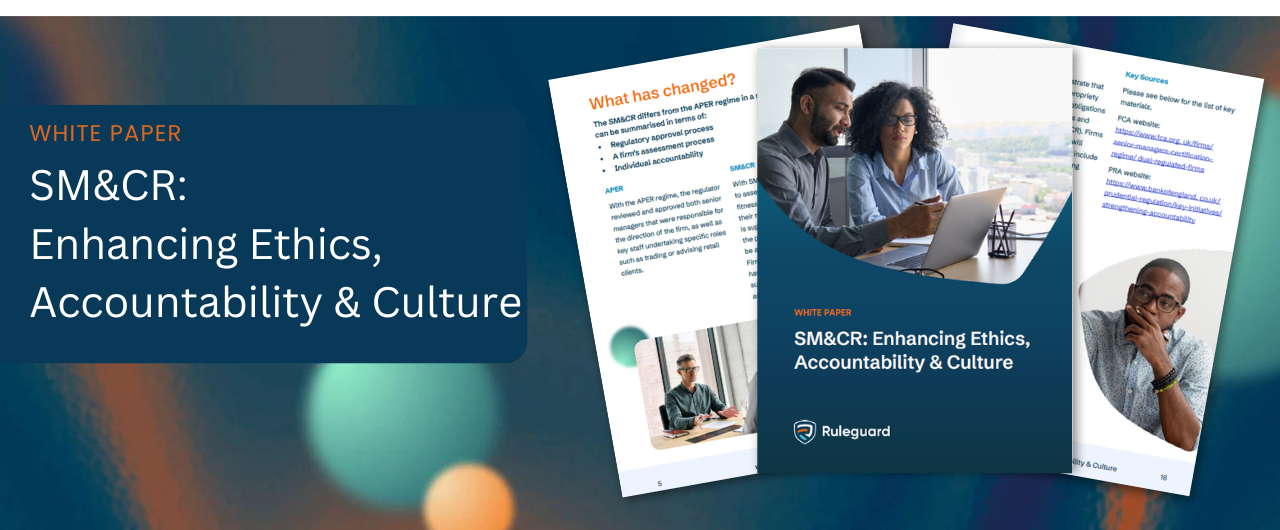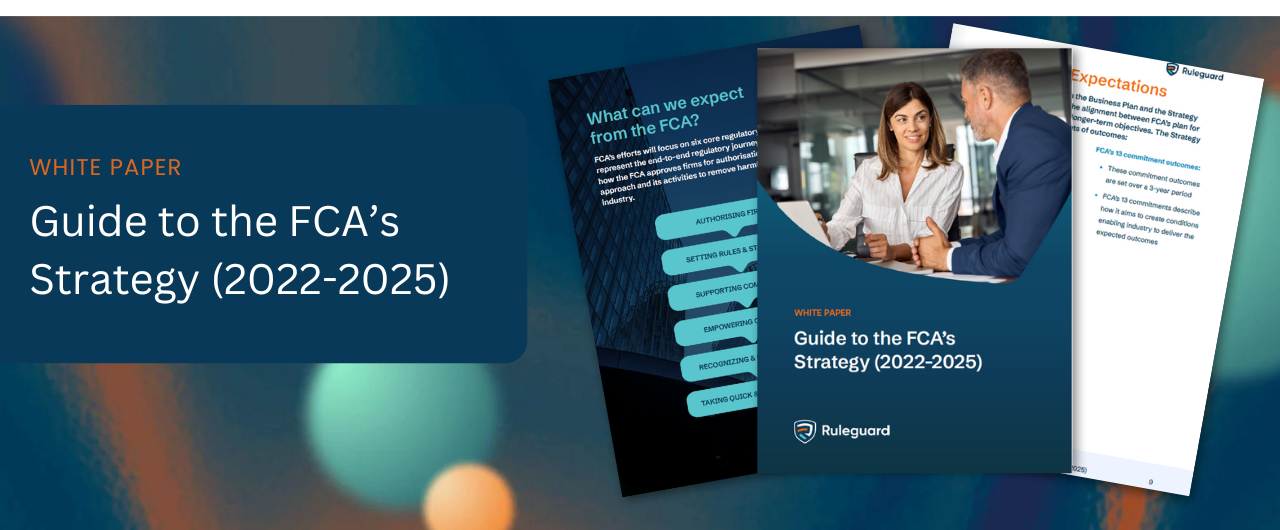Risk management is key to fulfilling regulatory obligations. Whilst third parties help with efficiencies and lower costs, they also create additional risks. Equip yourself with the knowledge needed to navigate the complexities of TPRM effectively and safeguard your organisation against potential risks by downloading the white paper now!
Key Highlights:
✔️Regulatory Emphasis: Third party risk management has risen to the top of the regulatory agenda across various industries. What began as a focus on cyber risk management has expanded to encompass a broad array of third-party arrangements. Regulators emphasise the importance of firms considering the risks posed by their relationships with third parties.
✔️Accountability: Regardless of whether a firm conducts activities internally or relies on external parties, it remains ultimately accountable to regulators. This point underscores the importance of firms having robust processes in place to manage and evaluate the risks associated with their third-party arrangements.
✔️Supervisory Stress: Supervisors worldwide are eager to stress the necessity for firms to have effective processes for managing third-party risks. This underscores the global significance of TPRM and the need for comprehensive strategies to mitigate associated risks.
✔️Risk Evaluation: Firms must establish processes for appropriately managing and evaluating the risks associated with their third-party arrangements. This involves identifying potential risks and implementing measures to mitigate them effectively.

.png?width=300&height=175&name=webinar%20featured%20image%20April%2025%20-%20How%20can%20firms%20improve%20compliance%20monitoring%20v1%20large%20(5).png)



.png?width=300&height=175&name=webinar%20featured%20image%20April%2025%20-%20Avoid%20the%20pitfalls%20proactive%20compliance%20monitoring%20v1%20large%20(1).png)

%2024%20(1).png?width=150&height=161&name=Recognised%20CPD%20Badge%20(transparent)%2024%20(1).png)


